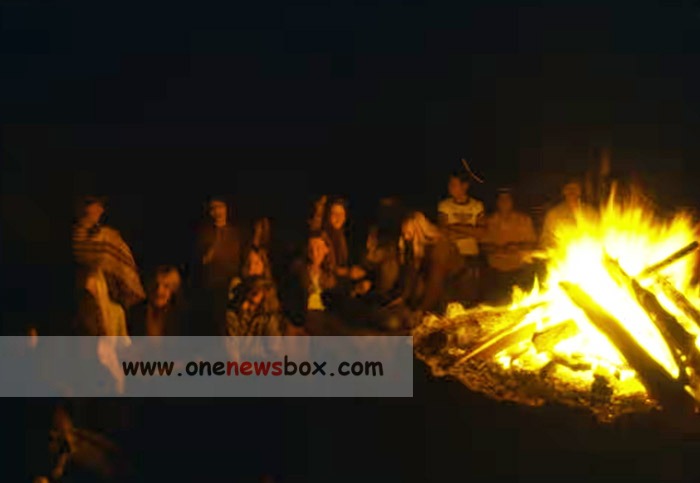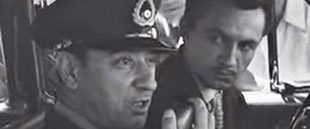It appears I was an evangelist for gharbzadegi (westoxification), but it never occurred to me that east and west were mutually hostile. The young Iranian artists, architects, radio and television producers I was meeting had been trained in Europe, the States and the Soviet Union, but invariably strove for aesthetic synthesis with Persia’s rich and unique cultural traditions.
Political discourse was part of the scene. It had a seriousness and urgency I would never find in the States. I recall blithely excoriating the Marxist vocabulary of young Iranians and westerners alike. When university students approached me at the Iran-America Society’s coffee shop, however, I assumed they were agents of Savak, the secret police, attempting to entrap me in anti-Shah commentary.
I took the escalating crackdown seriously, but my entire adolescence had been shadowed by Savak and the CIA, and I am ashamed that at the time it all seemed like business as usual. I do remember, now, that I had started avoiding the bazaar and university districts in fear of the chaotic demonstrations which could erupt so suddenly. And in June and July 1978 I had witnessed riots in my family’s upper-class neighbourhood in northern Tehran.
Mike, my sister Jenny and I spent three days in serene seclusion at our beach retreat. Fakhundeh and Ali, the property’s caretakers, enjoyed observing our attempts at roughing it. We tried without success to roast a chicken on a campfire, but Fakhundeh, giggling, rescued it and prepared our dinner in their one-room bungalow. Mike played guitar. Jenny sketched and painted.

